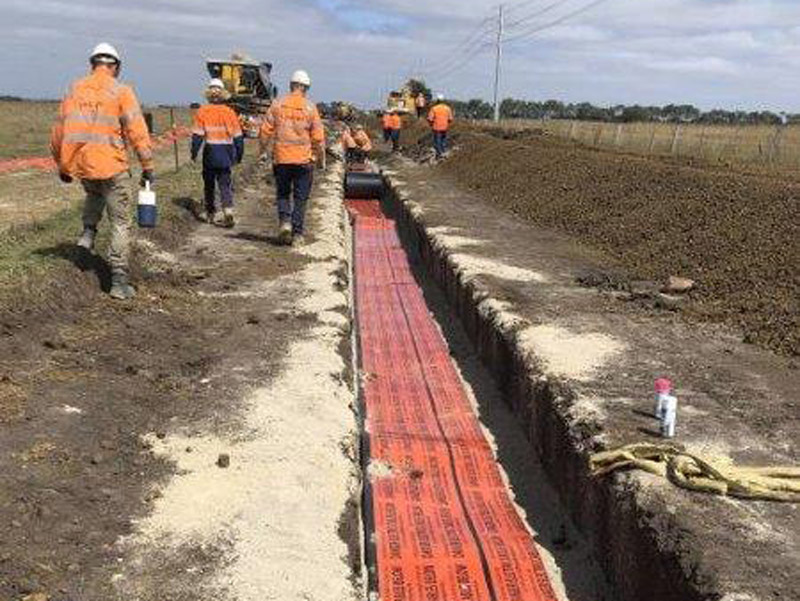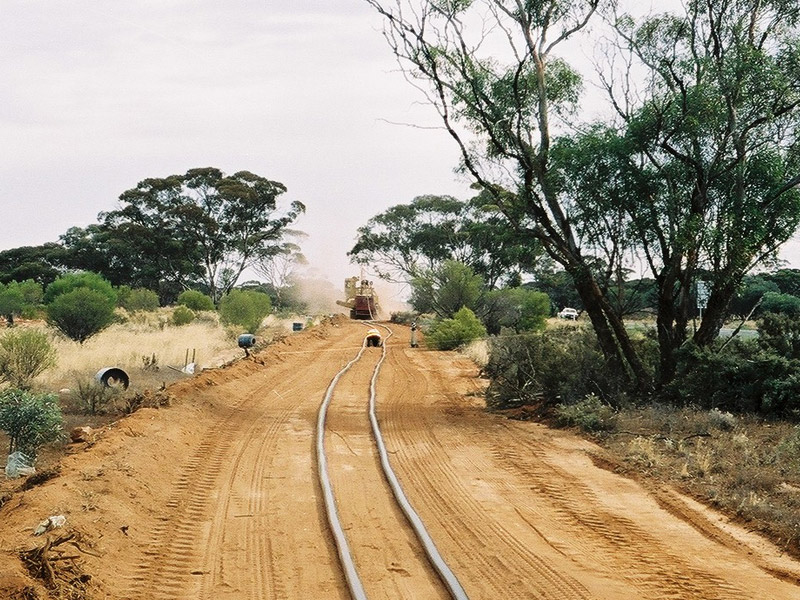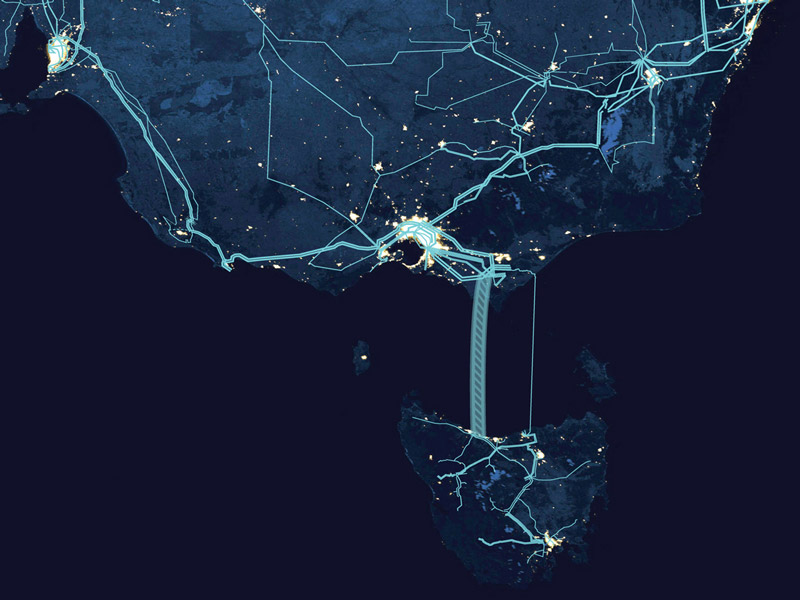Undergrounding

Using Underground Cables
The most appropriate way to minimise fire-risk and the damage to critical infrastructure would be using underground cables. The Victorian Bushfires Royal Commission (post 2009) determined that electricity infrastructure was responsible for causing a significant number of serious bushfires.

Image: NKT Murraylink, Australia
Case Study – Murraylink
The Murraylink interconnector is an Australian underground transmission project which is both technically and economically feasible. It ships power efficiently underground for 177 km between Redcliffs, Vic, and Berri in SA.

Image: Marinus Link
Case Study – Marinus Link
To provide another example, the Marinus Link is a new project being proposed by AEMO for a second transmission link from Victoria to Tasmania. This is being proposed as an undersea High Voltage DC cable.

ABOUT US
Stop Labor’s Towers is demanding better consultation and a genuine process to consider alternatives.
The Regional Victoria Power Alliance comprises landowners, residents and community group concerned about the impacts of this project on our lives, land, environment, community and future generations.